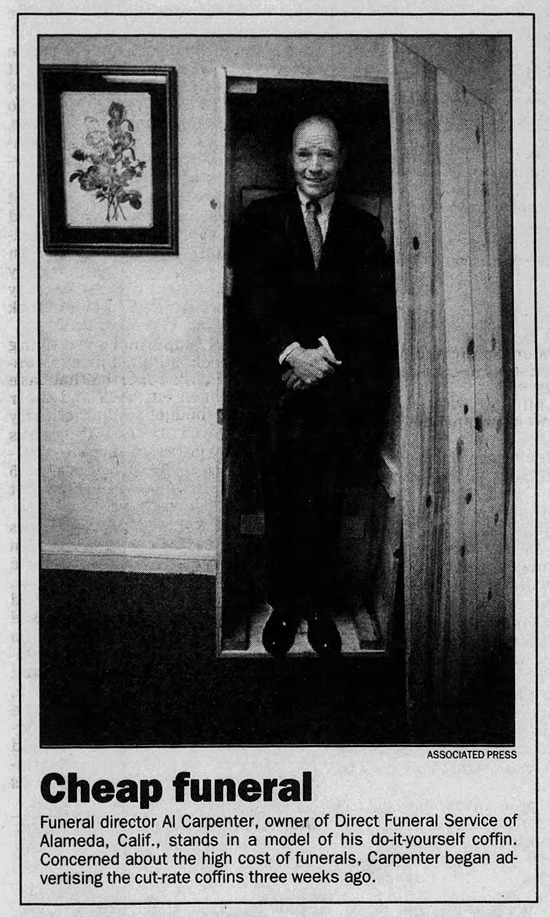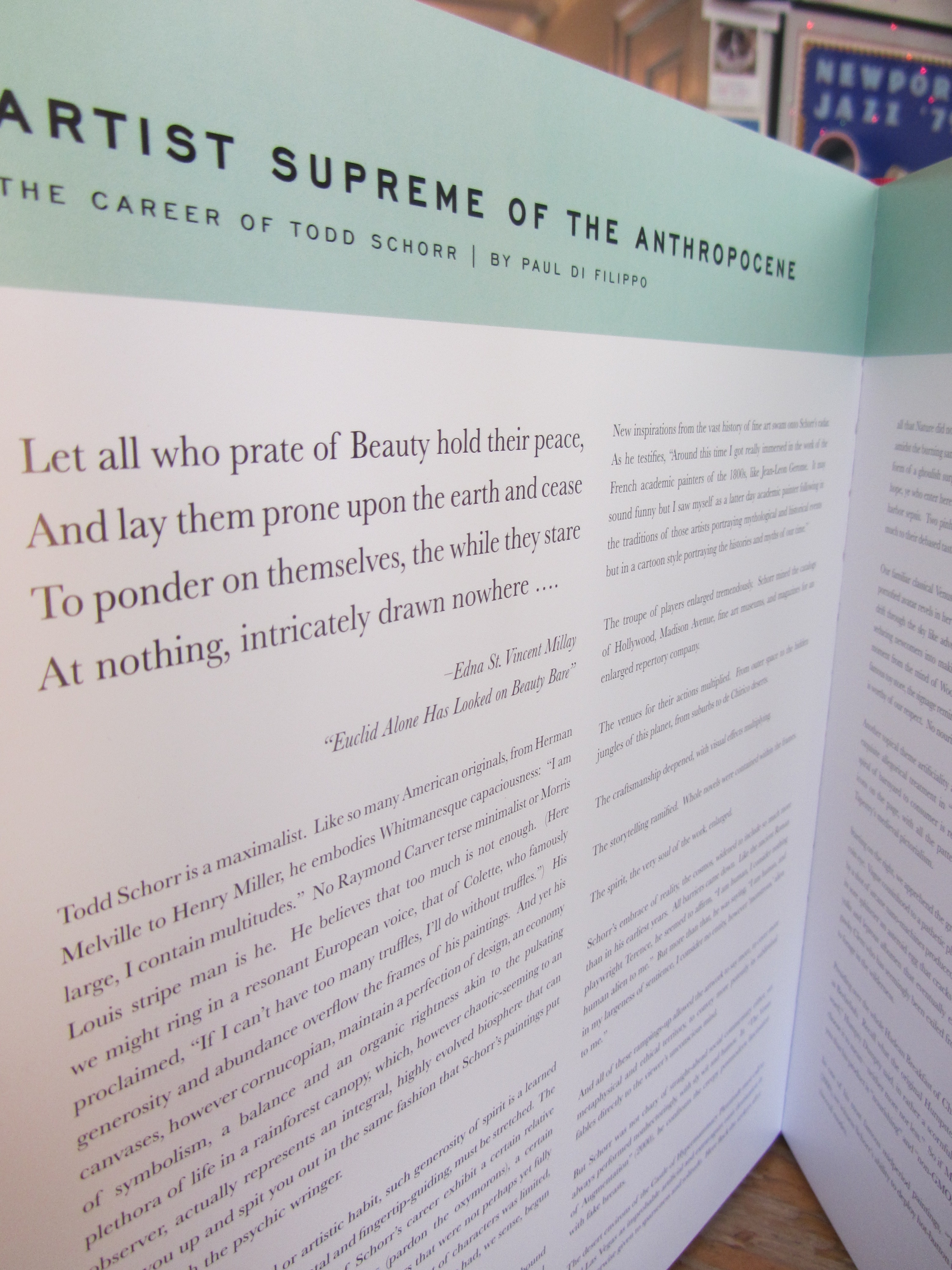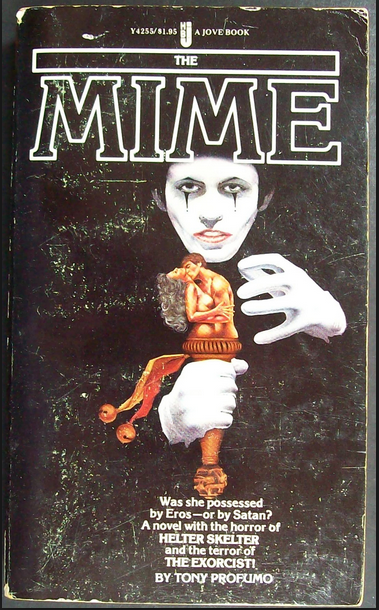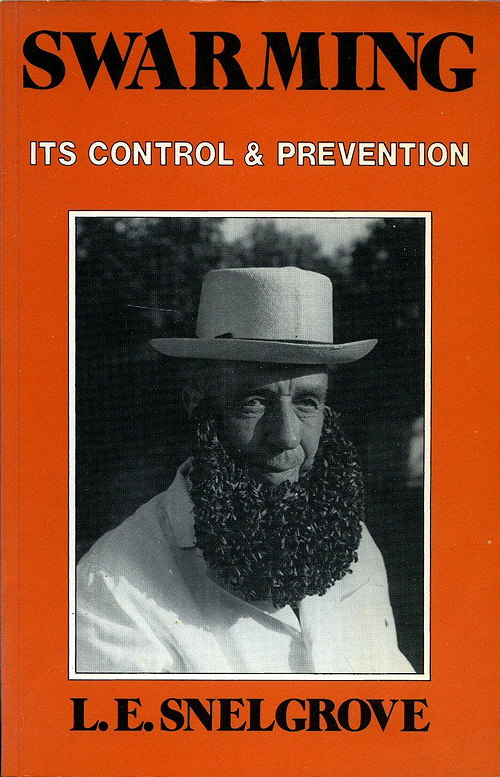Books
Do-It-Yourself Coffin/Bookcase
"For $9.95 he'll mail you plans for a do-it-yourself coffin that also works as a bookcase."I guess when you die your family wouldn't even need to remove the books. Just throw you in there with them.

Oshkosh Northwestern - Mar 23, 1993

Lincoln Star - Mar 23, 1993
Posted By: Alex - Mon Apr 16, 2018 -
Comments (4)
Category: Death, Books, 1990s
Norma Jean Almodovar: Cop to Call Girl
Her Wikipedia page.
Posted By: Paul - Sat Mar 10, 2018 -
Comments (0)
Category: Law, Sexuality, Books, 1990s
The Encyclopedia of Ethical Failure
This curious book, compiled and published by the U.S. Government, is a catalog of examples of ethical failure among federal employees. As explained in the intro:Some of the categories of ethical failure include Abuse of Position, Bribery, Conflicts of Interest, Credit-Card Abuse, Financial Disclosure Violations, Fraud, Gift Violations, Travel Violations, Misuse of Government Resources and Personnel, and Time and Attendance Violations.
You can download a word document of the entire book for free from the DoD. Or, you can buy a hard copy from Amazon.
It was last updated in 2015. Can't wait for the post-Trump era edition!

Posted By: Alex - Fri Jan 05, 2018 -
Comments (8)
Category: Lies, Dishonesty and Cheating, Politics, Books, Ethics and Morals
Neverlasting Miracles
I just received my contributor's copy of this phenomenal book, full of the most gorgeous weird art by my friend Todd Schorr. My part in it was tiny, just a small essay on the art. But I am extremely proud to be connected in any way with this genius work.A perfect gift for yourself or other weirdos!


Posted By: Paul - Sun Dec 17, 2017 -
Comments (0)
Category: Art, Surrealism, Books, Paul
Paperbacks from Hell

For Halloween or Xmas, what could be a better gift? A brilliant art and history book about the crazy-ass horror novel covers of yore?
Read a review here.
Posted By: Paul - Tue Oct 24, 2017 -
Comments (1)
Category: Horror, Ineptness, Crudity, Talentlessness, Kitsch, and Bad Art, Books, 1960s, 1970s, 1980s, 1990s
Catholic Hipster Handbook
New from Ave Maria Press comes the Catholic Hipster Handbook. According to the publisher's blurb, the book is about "yearning to learn more about the faith by seeking out 'Catholic cool'—overlooked saints, forgotten prayers and feast days, and traditional practices long set aside by mainstream believers."The book sounds interesting. But it reminded me that four years ago I posted about a Catholic ad campaign to promote Jesus as "the original hipster."
So I detect a weird recurring theme: catholics trying to rebrand themselves as hipsters.


Posted By: Alex - Tue Oct 10, 2017 -
Comments (2)
Category: Religion, Books
Dating for Under a Dollar
Haven't read the book, but I've got a few ideas. Take your date to the Dollar Store and tell her you'll treat her to any one thing. Or take her to McDonald's and tell her she can get any one thing she wants off the dollar menu.The book itself costs more than a dollar. Available from Amazon.

Posted By: Alex - Mon Oct 02, 2017 -
Comments (7)
Category: Books, Love & Romance
LIARTOWN: THE FIRST FOUR YEARS
LIARTOWN Commercial from Feral House on Vimeo.
This is of course a "must-purchase" item for WU-vies.
Posted By: Paul - Sun Sep 24, 2017 -
Comments (1)
Category: Humor, Parody, Books
Man-Pleasing Recipes
The title of this 1971 recipe book was somewhat misleading. It claimed to feature "Man-Pleasing Recipes," but really it was a collection of recipes featuring rice as the main ingredient. The booklet was put out by the Rice Council for P.R. purposes. Part of an effort to promote rice as a manly food.Can't say it succeeded. When I think of foods traditionally perceived as "manly," rice isn't one of the things that comes to mind.

source: Amazon.com

The Liberty Vindicator - Sep 7, 1972

One of the "man-pleasing recipes"
Shreveport Times - Oct 14, 1971
Posted By: Alex - Mon Jul 17, 2017 -
Comments (3)
Category: Food, Cookbooks, Books, 1970s
Swarming: Its Control & Prevention
From the Barnsley Beekeepers Association:However, what Snelgrove (I assume that's him) is demonstrating on the cover is Bee Bearding. I'm guessing that you need to master swarming control before attempting bee bearding, but I don't think he reveals the tricks of bee bearding in his book, which you can download here if you're curious to read it.

Posted By: Alex - Sat Jun 17, 2017 -
Comments (0)
Category: Insects and Spiders, Books

| Who We Are |
|---|
| Alex Boese Alex is the creator and curator of the Museum of Hoaxes. He's also the author of various weird, non-fiction, science-themed books such as Elephants on Acid and Psychedelic Apes. Paul Di Filippo Paul has been paid to put weird ideas into fictional form for over thirty years, in his career as a noted science fiction writer. He has recently begun blogging on many curious topics with three fellow writers at The Inferior 4+1. Contact Us |




